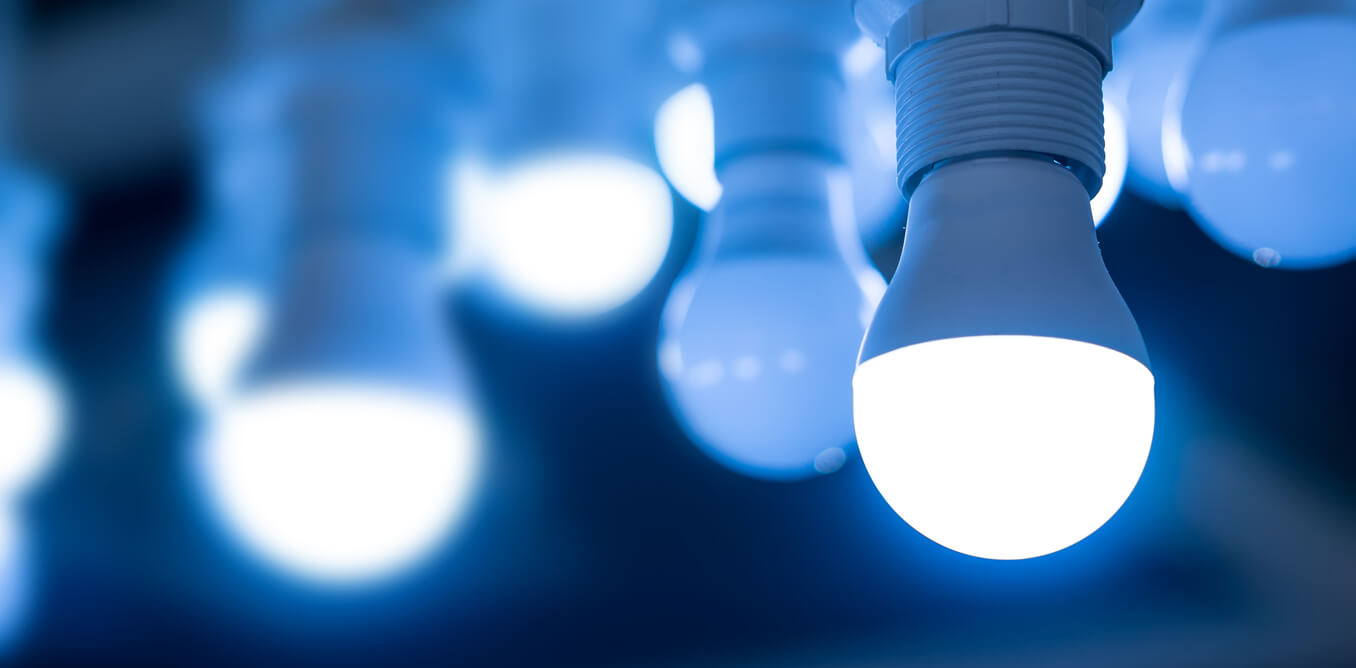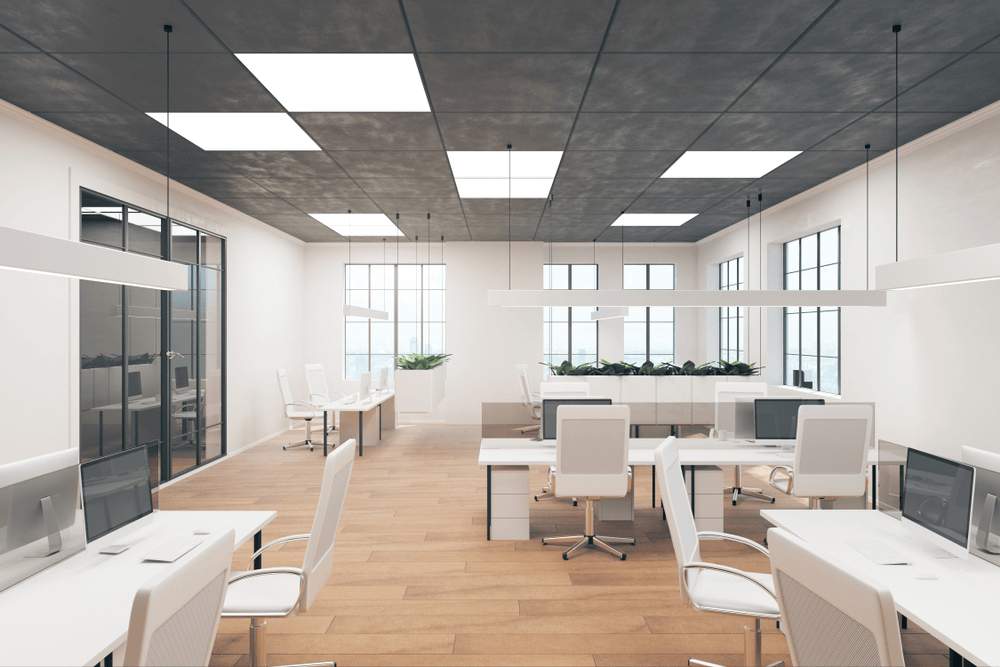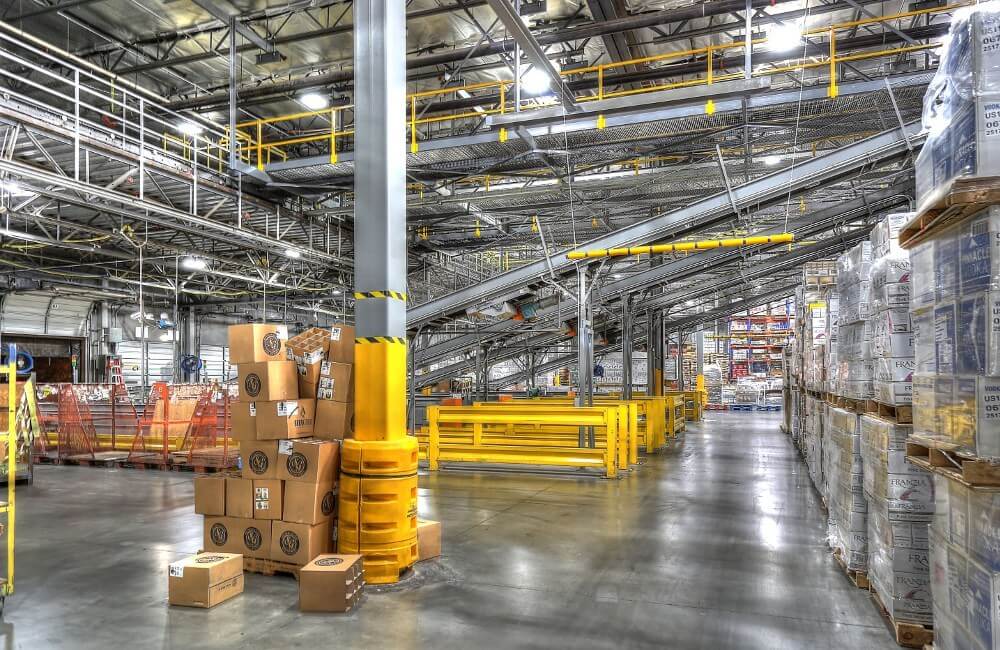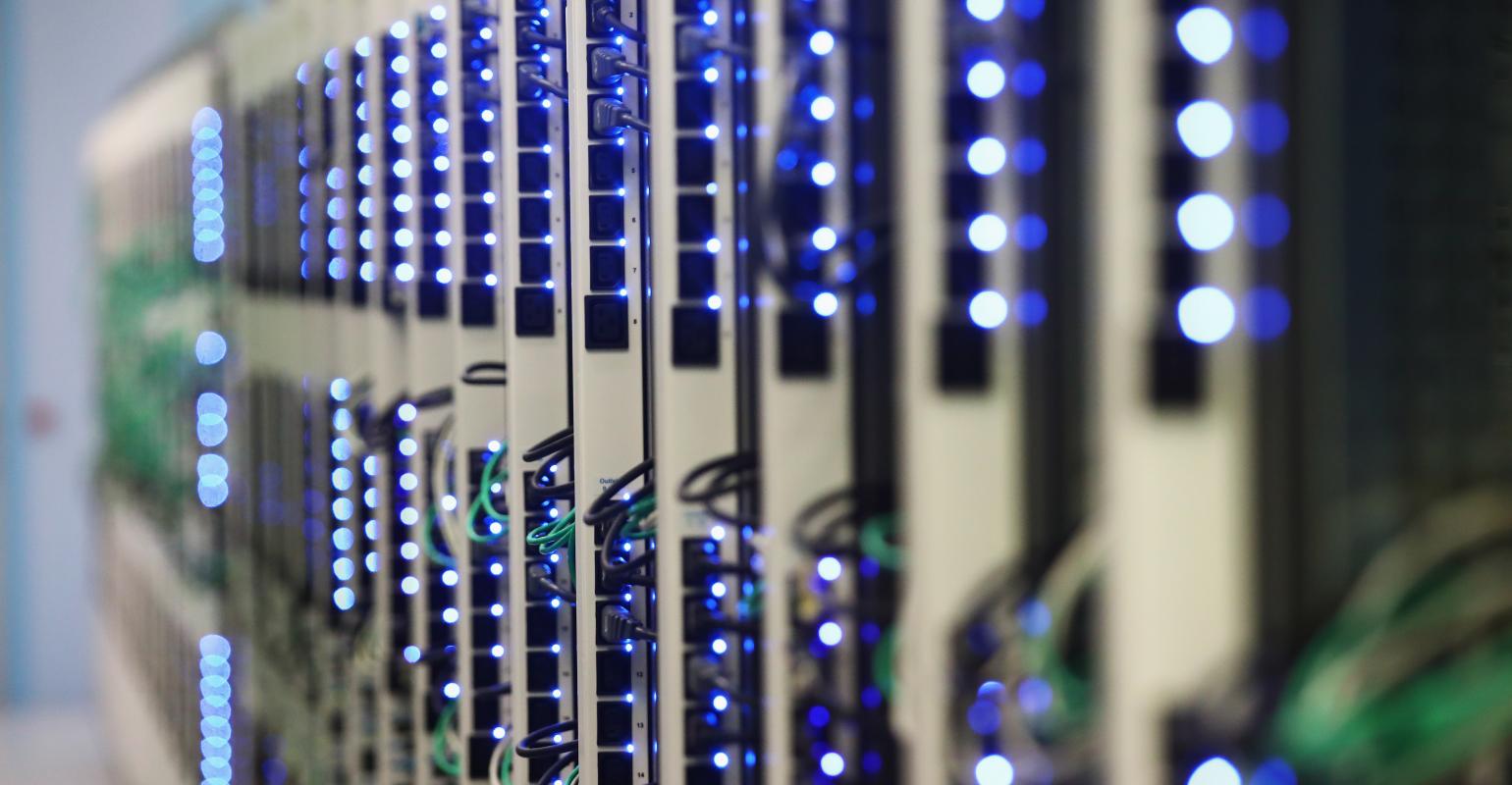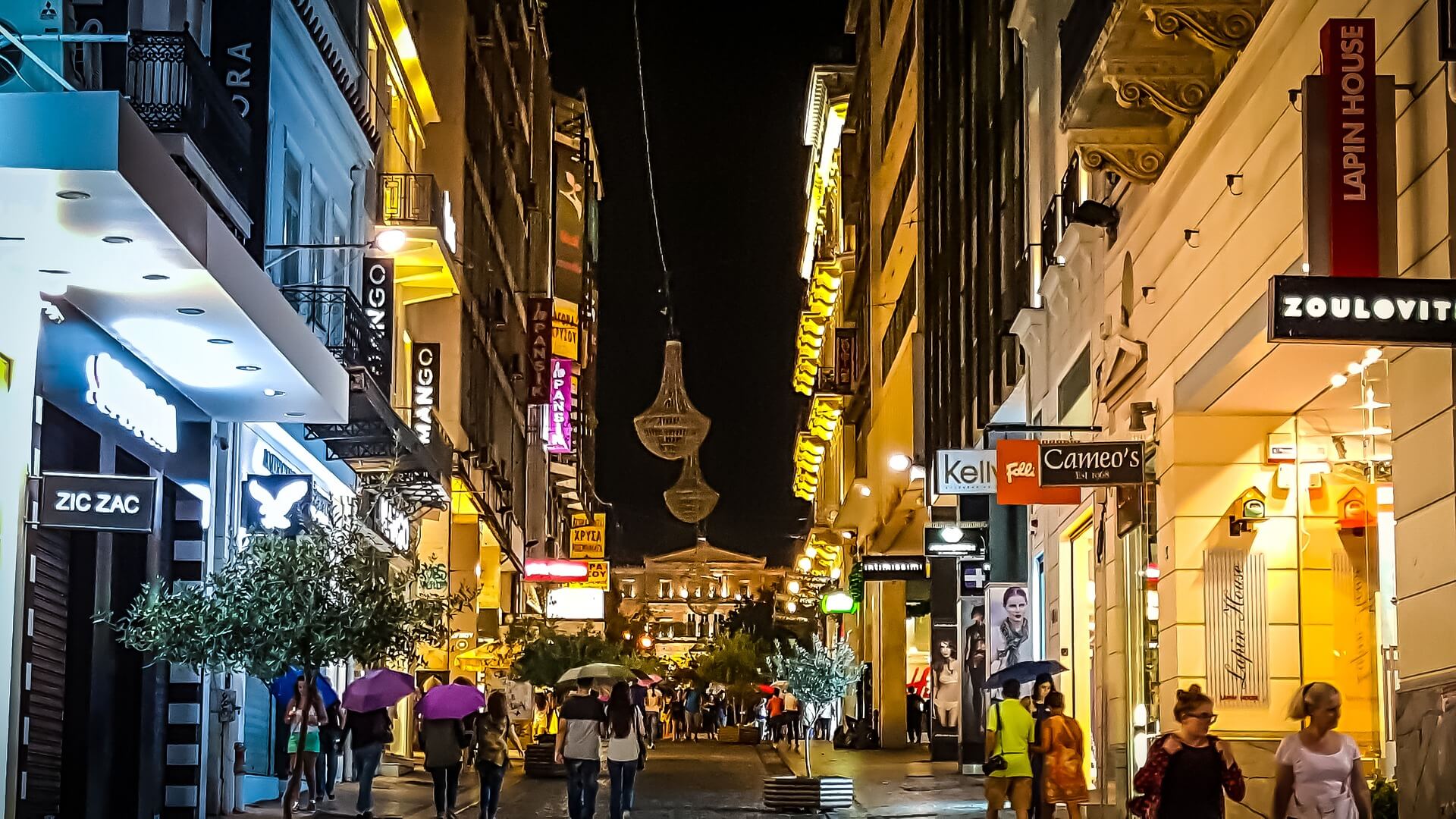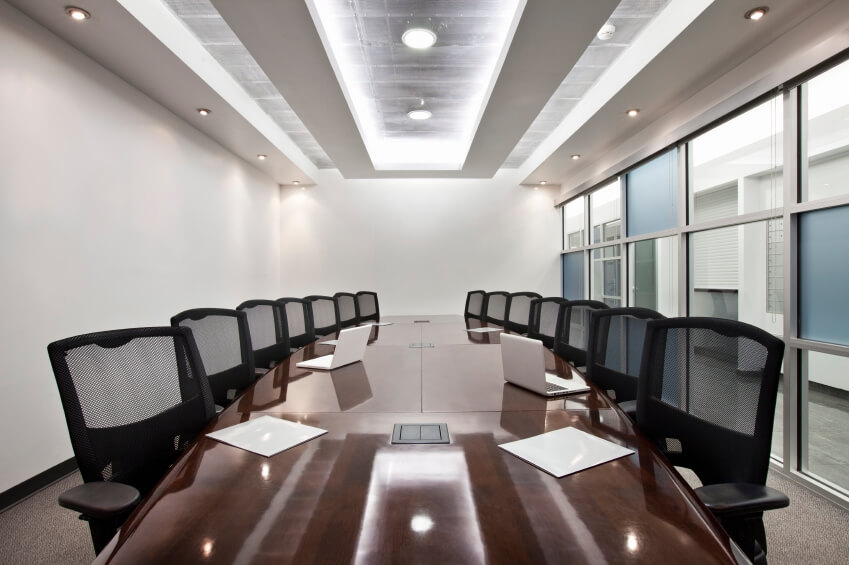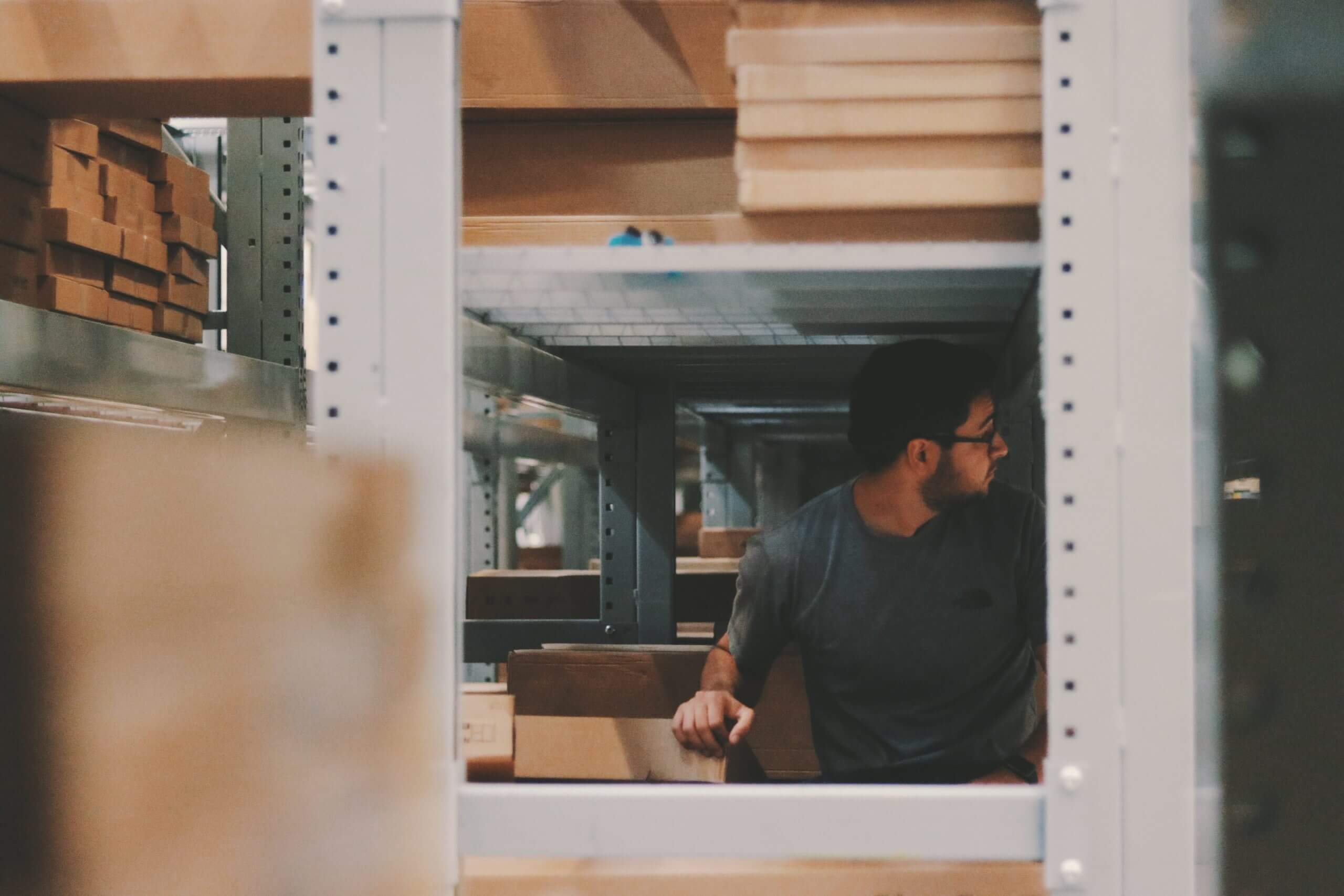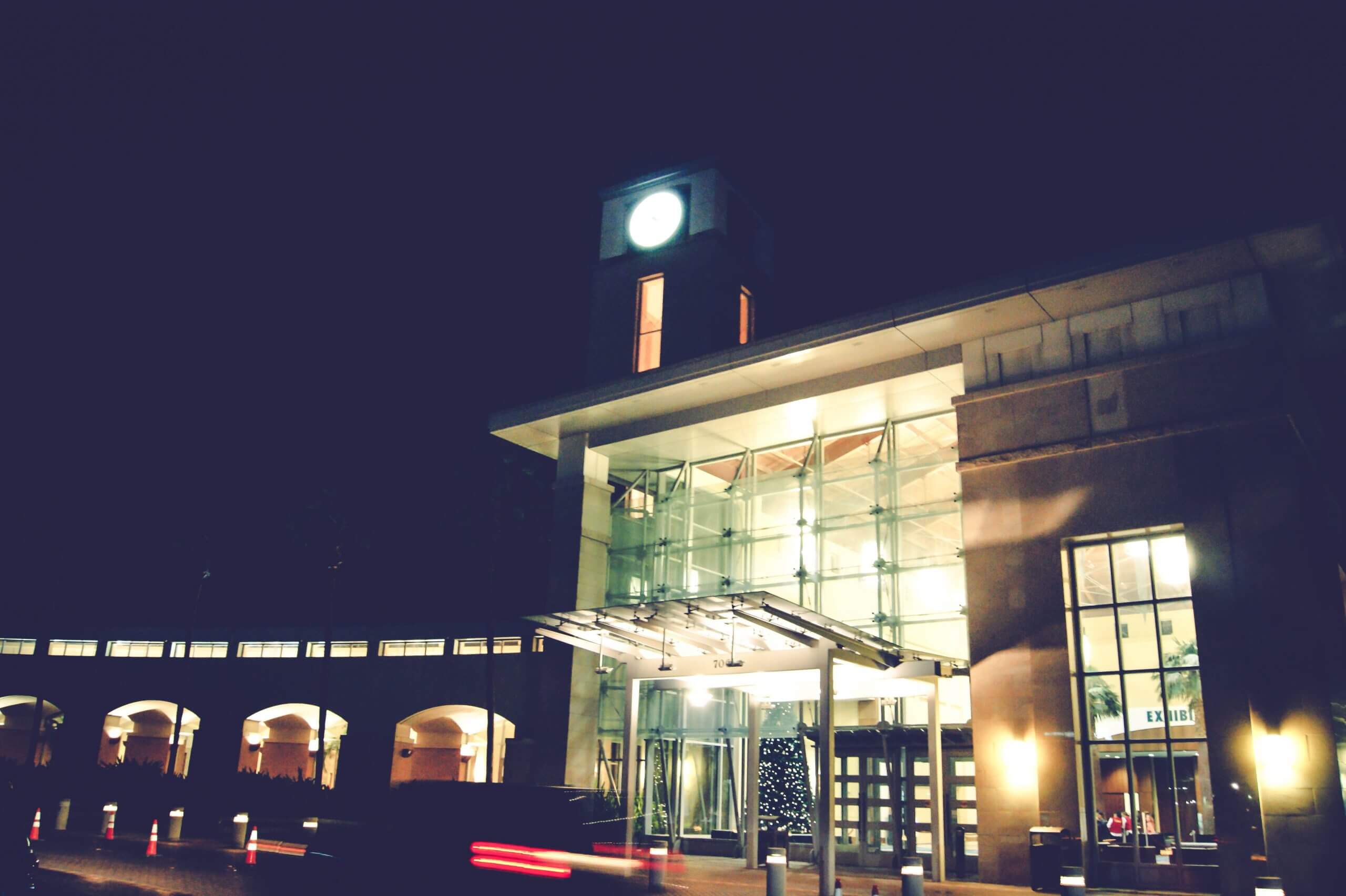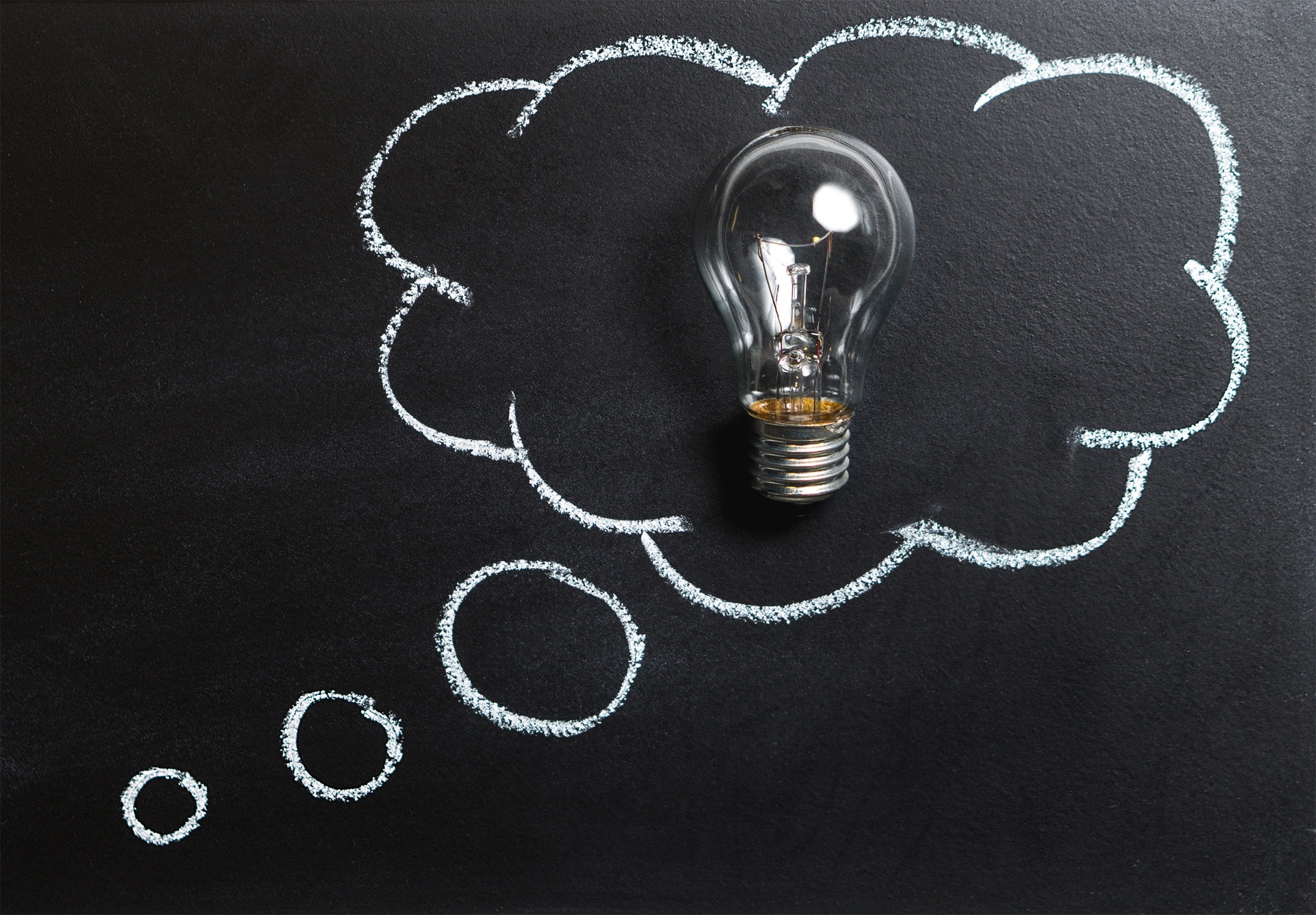The benefits of LED lighting such as its high energy efficiency and its long working life are well-known. However, LED lighting is also safer for business use. This could also be viewed as a cost savings in reduced insurance claims, worker’s compensation claims, and down time. Here are three safety benefits:
LED Lighting Puts Out Little Heat
CFL, halogen, and especially incandescent lights put out a lot of heat compared to LEDs. The reason is their inefficiency. Inefficient lights convert much of their electrical input energy into heat. In order to get adequate illumination from inefficient lighting, it must consume more electrical power (using higher wattage lights). This means it generates yet more dangerous heat.
Ninety percent of the power going into incandescent lights for example, converts into heat. This shouldn’t be too surprising because their filaments are little more than glowing heating elements. In fact, incandescent lights are used for heating purposes such as incubating chicken eggs.
The heat from inefficient lighting is innately dangerous given that many building materials are flammable. On the other hand, the high energy efficiency of LED lighting means that most of their input energy converts into light rather than dangerous heat.
LED Lighting Places Less Load on Electrical Systems
For the same illumination, LEDs use less energy and therefore place less electrical load on your wiring than CFL, halogen, and incandescent lights. Inefficient lighting pulls more electric current, which generates more heat in your wiring. This is normally limited with circuit breakers and fuses. However, the reduced load from LED lighting gives you an added safety buffer rather than relying on just your circuit breakers and fuses for avoiding electrical fires.
LED Lighting Has No Toxic Mercury
That is, LED lights have no mercury of any kind. Mercury has a number of toxic effects such as brain, kidney, and lung damage. Both fluorescent and mercury vapor lights contain mercury. Any person who accidentally breaks or improperly disposes these lights will expose themselves and others to mercury. In addition, disposal of these lights harm the environment. LED lighting contains no such harmful toxins.
To enjoy the economic and safety benefits of LED lighting, contact us at Relumination.

